I have used Amazon affiliate links on this page. As an Amazon Associate, I earn a commission from qualifying purchases at no added cost to you. Thank you!

Table of Contents
Introduction
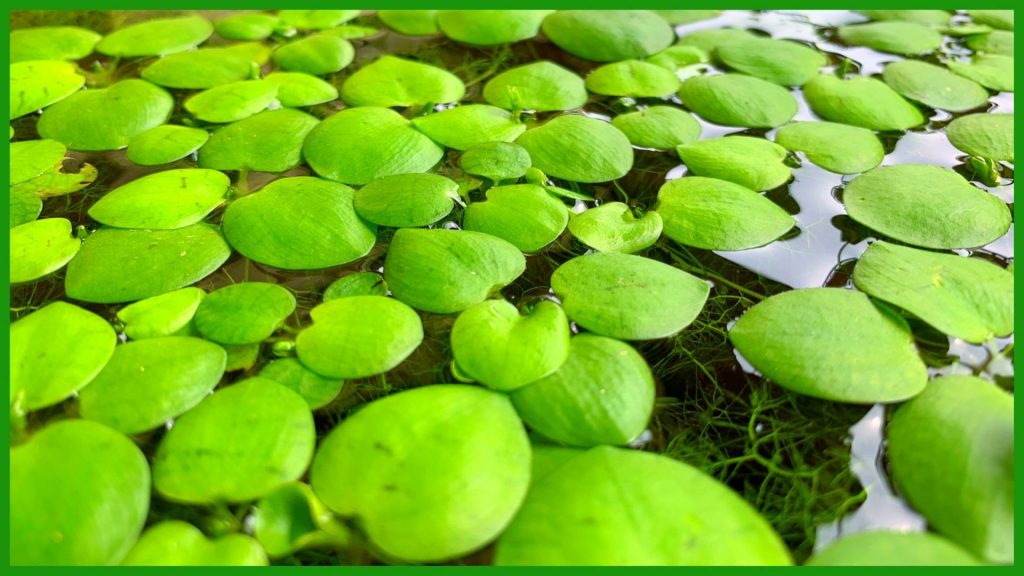
Amazon frogbit is amazingly easy to care for. Scientifically known as the Limnobium laevigatum, this popular aquarium plant can be natively found in the south and central Americas. Although this is a great beginner’s aquatic plant in the aquarium hobby, once released to the natural habitats they can begin to act as an invasive plant. When out of control they can absolutely take over the surface of water columns of still to slow-moving waters. Amazon frogbit does provide a lot of benefits including natural filtration, fish habitat to your aquarium or pond. But you must be willing to do some maintenance along the way. When properly controlled these floating plants can be effectively used in aqua scaping to create natural-looking, beautiful sceneries and to add an extra greenery element to your aquarium.
With its stunning and unique leaf-form and compact growth, is popular among aquarium owners who want a beautiful plant that doesn’t require much maintenance. The leaves of the frogbit swim on the surface of the water, giving a great look to your tank.
Appearance of the Amazon Frogbit
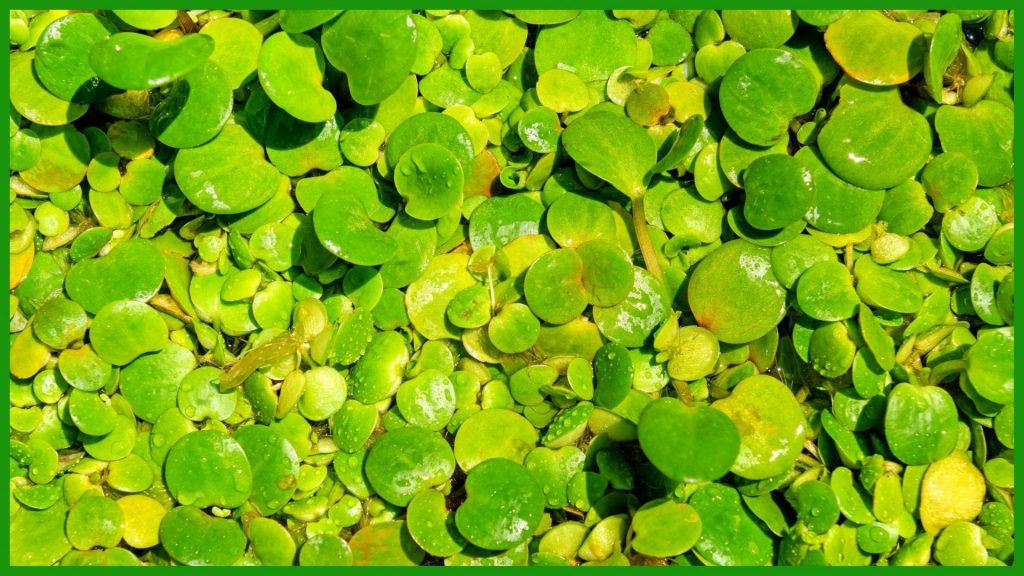
The unique, clean design of this plant has made it a famous aquatic plant used in the planted aquarium hobby.
Amazon frogbit is a gorgeous aquatic plant that has smooth and unmarked leaves and long, fuzzy roots which can grow up to 20 inches with tiny hairs for effectively collecting dissolved nutrients. The nearly circular-shaped leaves have spongy aerenchyma tissue underneath to help float.
These floating aquatic plants make tiny white plants that are unisexual in nature.
Amazon frogbit does have tiny seeds, they are 1mm long and hairy.
The greenery mat of amazon frogbit
It is a little plant that provides full coverage to the aquarium. The leaves are flatter than other plants and consist of air-filled tissues, so they can float easily. Fully grown, it can reach 20 inches long and is just as wide to cover the entire surface of the tank as a whole colony of them.
The white flower
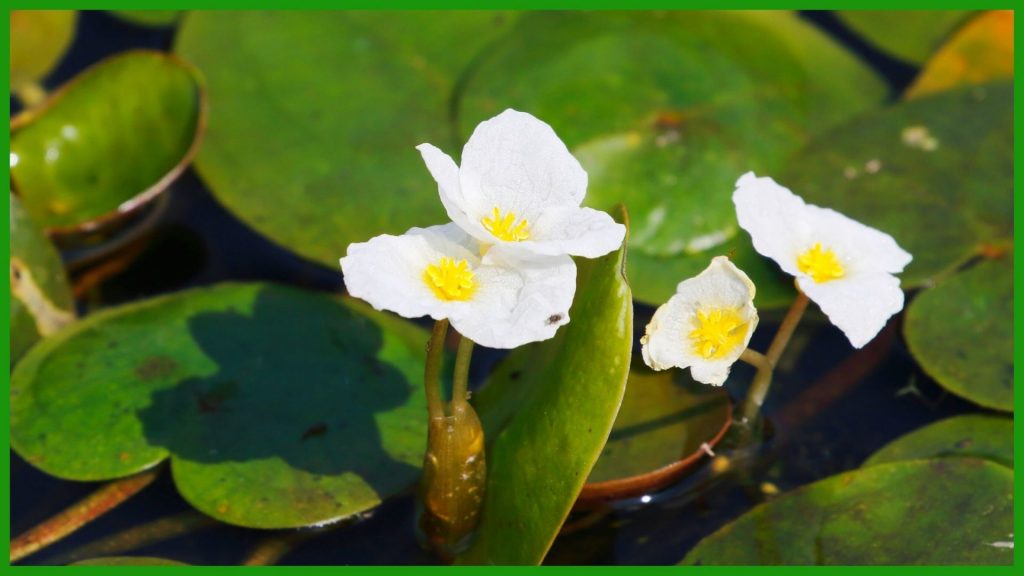
As the plant matures, it creates a white flower starting from the center of the plant. With its widely spaced leaves and bright white flowers, a mat of frogbits can create a breathtaking look that will beautify your tank.
Amazon frogbit reproduction
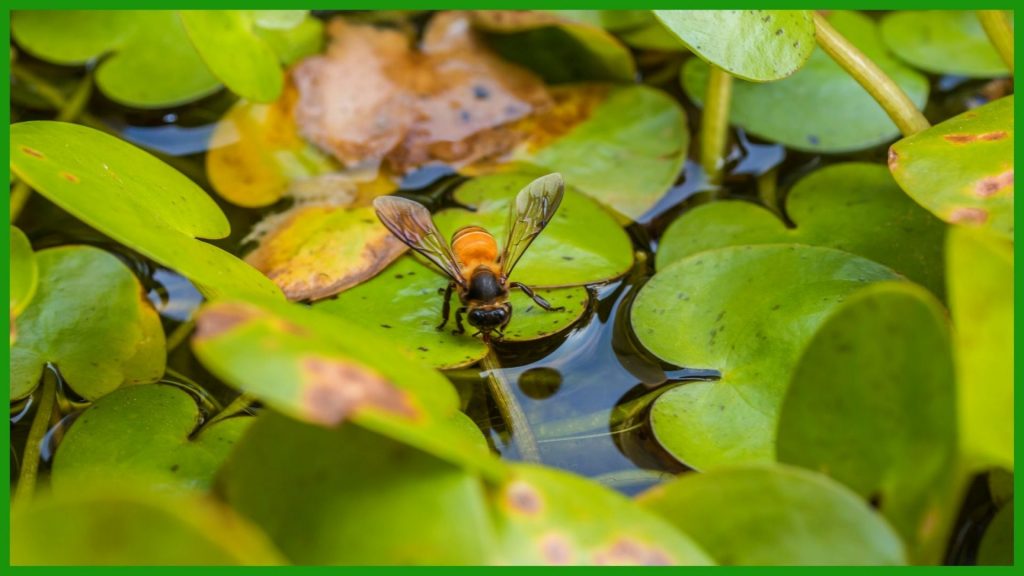
These floating plants reproduce by seed or vegetatively via offshoots. Bees and other insects are attracted to its pollen, and the seeds or fragments of stolon can be dispersed by wind and water, carried away by birds.
The most effective way of spreading is by seeds and stem fragments, which can break off and become new plants. It can also be spread by rhizomes, which are horizontal stems that grow just below the surface of the water. The rhizomes send out shoots that form new plants when they reach the surface of the water.
It’s a Beginner’s Aquatic Plant
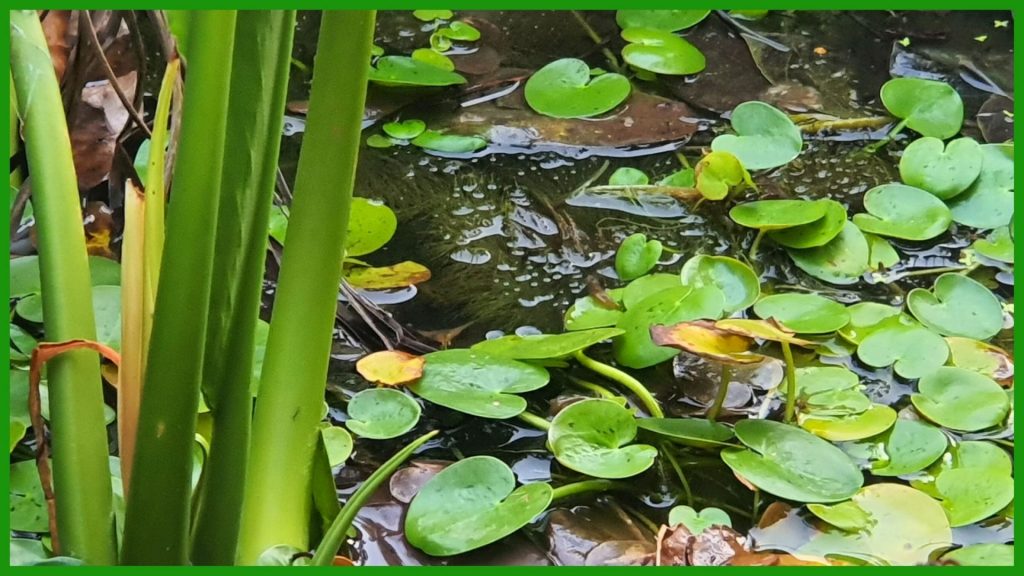
Amazon Frogbit is a great aquatic plant for beginners. It can be grown in a wide range of water conditions, and it is easy to care for. They come from the Amazon and Orinoco basins of South America and Central America. It is one of several plants commonly mistaken for “water hyacinth”.
Scientific Naming of Amazon Frogbit
Family: Haloragidaceae (watermilfoil family)
Scientific Name: Limnobium laevigatum (L.) Sw.
Taxonomic of Limnobium Laeviatum
Domain: Eukaryota
Kingdom: Plantae
Phylum: Spermatophyta
Subphylum: Angiospermae
Class: Monocotyledonae
General Information of The Frogbit
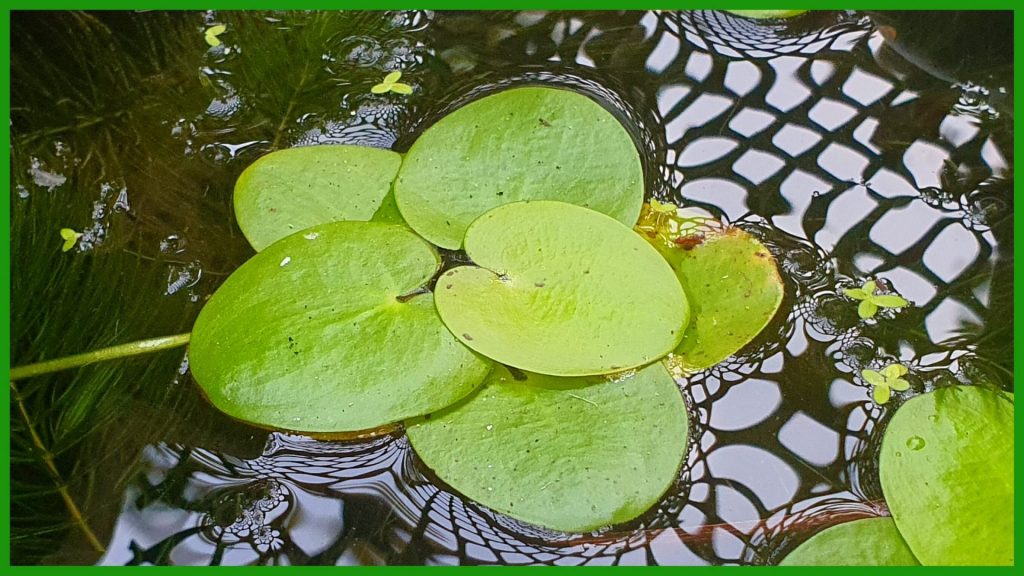
Common Names: Amazon frogbit, waterweed, frog’s bit, smooth frogbit, West Indian sponge plant, South American sponge plant.
Plant Type: Floating Aquatic Plant
GROWING RATE: Fast-growing under ideal conditions; slow-growing when conditions are less than optimal
Growing Tips: Amazon frogbit can be propagated by dividing clumps, by cuttings, or by seeds. Seeds germinate in about a week and should be sown on the surface of the water in shallow containers and then transplanted to larger containers or planted out into ponds once they have one set of leaves.
Fertilizing Needs: Does not normally require additional aquatic plant fertilizers. But they might help this plant to flourish in aquariums with no natural nutrients in the water.
Pests and Diseases: None serious
Propagation Methods: Division or rhizome cuttings
Amazon Frogbit as An Aquarium Plant
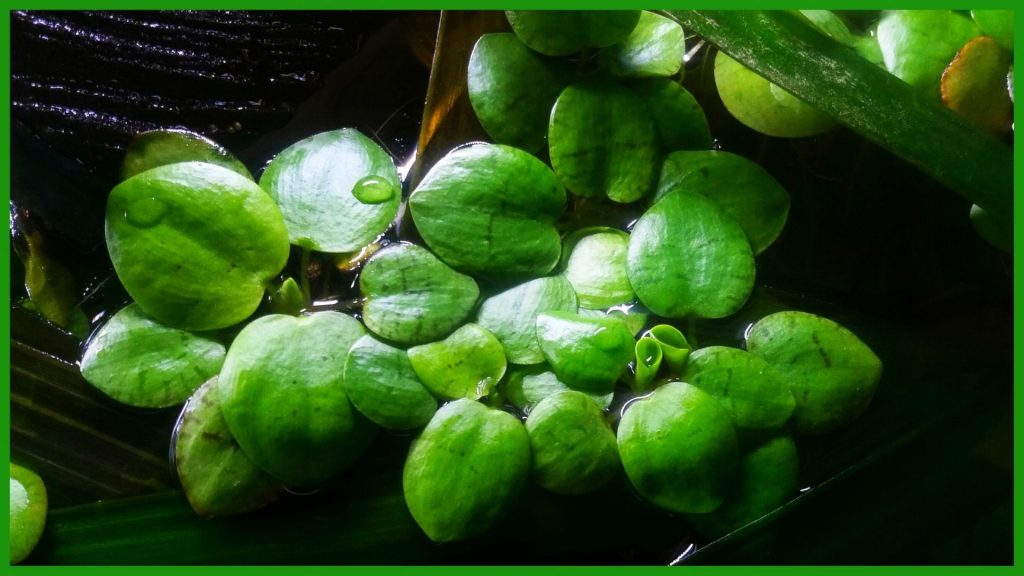
Amazon Frogbit, with its stunning and unique leaf-form and compact growth, is popular among aquarium owners who want a beautiful plant that doesn’t require much maintenance. The leaves of the frogbit swim on the surface of the water, giving a great look to your tank.
It is a little plant that provides full coverage to the aquarium. The leaves are flatter than other plants and consist of air-filled tissues, so they can float easily. Fully grown, it can reach 20 inches long and is just as wide to cover the entire surface of the tank creating a natural habitat.
Advantages Of Amazon Frogbit in Your Aquarium
There are several benefits that you can have by keeping these floating plants in your aquarium. Let’s discuss them one by one in the following section.
Amazon frogbit is a natural filter
Amazon frogbits are really efficient at absorbing dissolved nutrients from the water column. These include ammonia, nitrite, nitrate, and phosphate. All these nutrients are highly poisonous for your fish. Sometimes your dedicated filter won’t be enough to take care of them, so having a natural filter made of floating plants can be really beneficial.
It is natural algae growth controller
When you have a lot of nutrients dissolved in your aquarium, it creates an ideal condition for algae to thrive. Hence Amazon frogbit can naturally control algae overgrowth by absorbing the excess nutrients from the water column.
Frogbit creates a natural barrier
Some fish are known to jump out of aquariums when they are stressed. Floating plants can help to minimize this habit as they provide a natural greenery barrier. While this floating mat provides a natural barrier it makes fish feel safe from predators like herons reducing their stress levels.
Amazon frogbit is an essential part of natural habitat
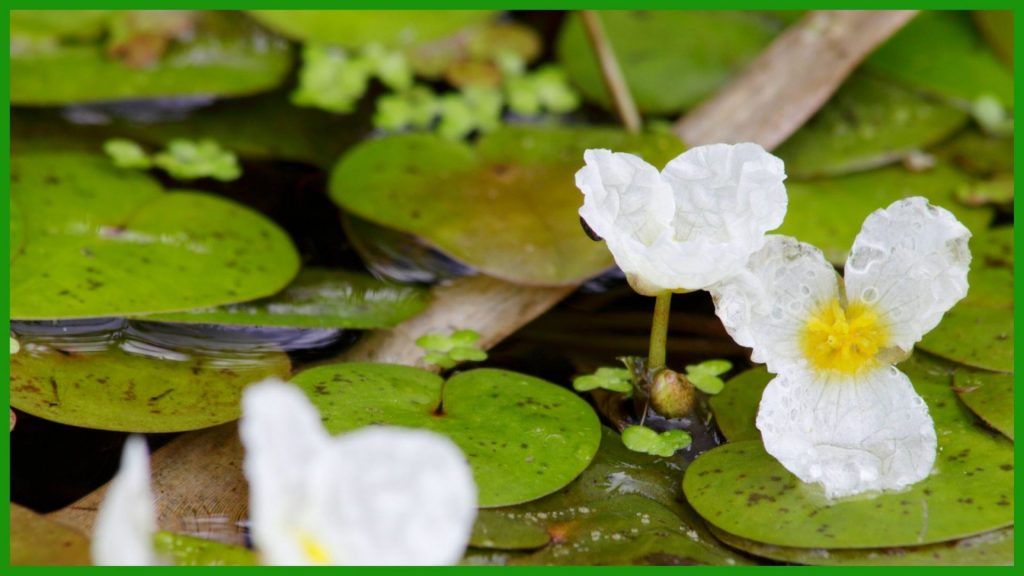
Some fish species love hanging close to the water surface looking for prey to eat like insects. They naturally take refuge and cover among floating plants like Amazon frogbit and water hyacinth. If you have shrimp in your aquarium then you will know that they love to hang around these plants. They keep their tiny eggs among the floating vegetation and the fry hatch and take refugee among floating plant leaves and roots. You will find that this floating plant cover is an essential part of many water ecosystems.
Floating plants are great aqua scaping
Duckweed is very popular with planted tanks as they are very easy to care for and doesn’t require a lot of resources to thrive. They are the main part of many aqua scaping designs, especially in low-tech planted tanks. Amazon frogbit does not require co2 injection and intensive lighting. So they are very much popular
How to Care For Amazon Frogbit
Although Amazon Frogbit is a popular and easy to care for aquarium plant, in captivity it is susceptible to two main dangers. Water droplets can rot the plant from the top down, and aquatic snails can eat the spongy material on the bottom of the leaves. So you must keep your frogbits dry (The parts which are out of the water). To avoid snails from eating your plants, keep these plants near the center of your fish tank, away from glass walls where snails can crawl onto the floating plants. However, some snails can glide under the water surface and get to your mat of amazon frogbits. If that happens you must look for plant-friendly snails, such as Malaysian Trumpet Snail.
The water where Amazon Frogbit thrives should be clean. If this plant has to stay in water which is stale for too long, again these plants will start to rot.
Amazon Frogbit does not require additional CO2 injection.
You need moderate-high light levels to keep your Amazon frogbit alive, but it should be well-lit without becoming scorched. 10 to 12 hours of light per day should do the trick. You can use LED lights, full-spectrum T5 or T8 bulbs, or fluorescent tubes.
Yes, these plants are very easy to care for and require minimal to zero care. But we have identified optimal conditions for them to thrive. Shown Below.
| LIGHT INTENSITY | Moderate Intensity |
| TEMPERATURE | 18 to 29 °C |
| pH | 6.0-7.5 pH |
| WATER HARDNESS | 200 ppm-240 ppm |
| MINIMUM WATER VOLUME | 10 gallon |
Amazon Frogbit and Tank Mates
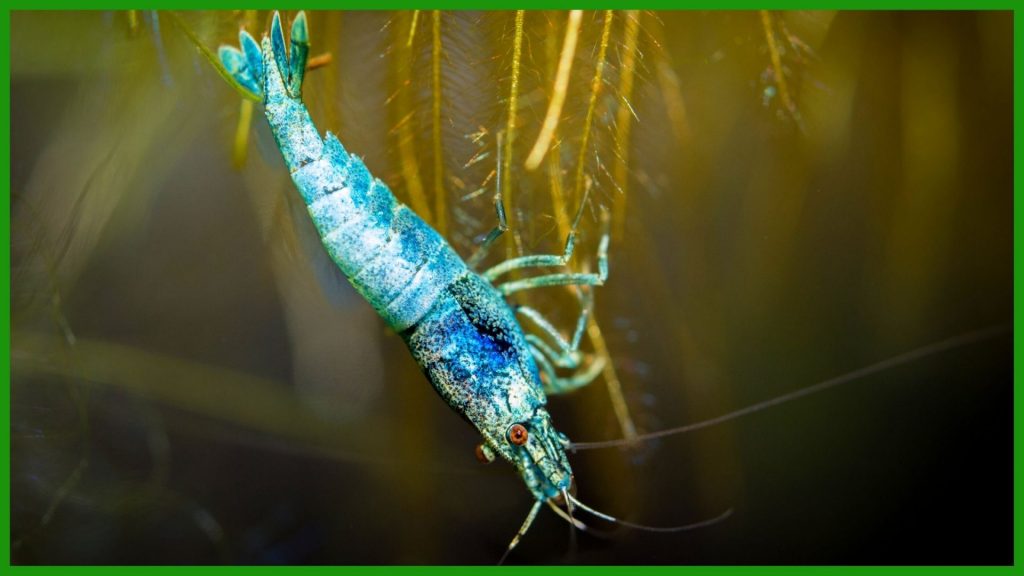
Compatibility with other aqutic plants
You can grow a variety of plants that require low lighting with Amazon frogbit. For instance, Java moss, Sagittaria, Vallisneria, and Anubias are some aquatic plants that are compatible with the frogbit plant. This means the plant is an ideal option for aqua scaping and planted aquariums, due to its unique leaf shape, it can form interesting and aesthetic floating structures in your tank.
Compatibility with fish
Amazon Frogbit is an incredibly easy species of aquarium plant that thrives in a wide range of water conditions and tank setups. The plant can be used singly or in a group, and makes for an efficient companion to any freshwater species tank, from tetras, gourami, and the like to more aggressive fish, like bettas. Use it as a foreground or background aquarium plant or set it up as a decorative piece.
Snails and Amazon Frogbit
Pond snails love eating tender leaves of Amazon frogbit. However, don’t be tricked by other snails because they can’t eat frogbit.
Therefore you can keep other snails like Ramshorn snails, Nerite snails, Malaysian Trumpet snails, Japanese trapdoor snails, Mystery snails, etc. Their consumption of the plant is minimal.
Shrimp Vs Frogbit
Shrimp loves floating plants as a habitat and place to lay eggs and raise their fry. So if you have shrimp in your aquarium or pond, amazon frogbits are an ideal plant that you can keep with them.
Frogbit Vs Crayfish and Crabs
It’s not easy to keep normal aquatic plants with these critters, as they will uproot, destroy and eat normal aquatic plants. So a floating plant-like Amazon frogbit is ideal with various crayfish and crab species.
Disadvantages of Amazon Frogbit
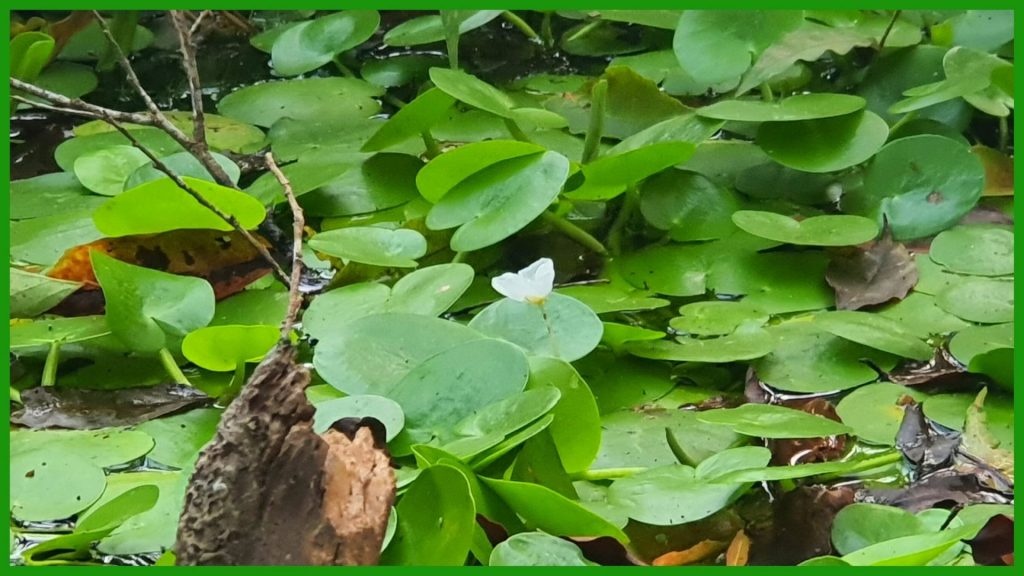
When not properly maintained these plants can be a disaster both in your pond and in your tank. They can absolutely take over the surface of the water and cut off the lighting from reaching the bottom of your aquarium. Let’s look at the disadvantages of these plants one by one now.
Nutrient uptake
Let’s remind that the floating aquatic plants are masters at absorbing nutrients from the water column. This can be beneficial when you have control over your Amazon frogbit colony. But when their population explodes out of control they can start to begin absorbing nutrients that are reserved for other aquatic plants. When that happens plants types like aquatic moss and ferns are at most risk because they rely on the water to bring nutrients to them as well.
Avoiding light from reaching down
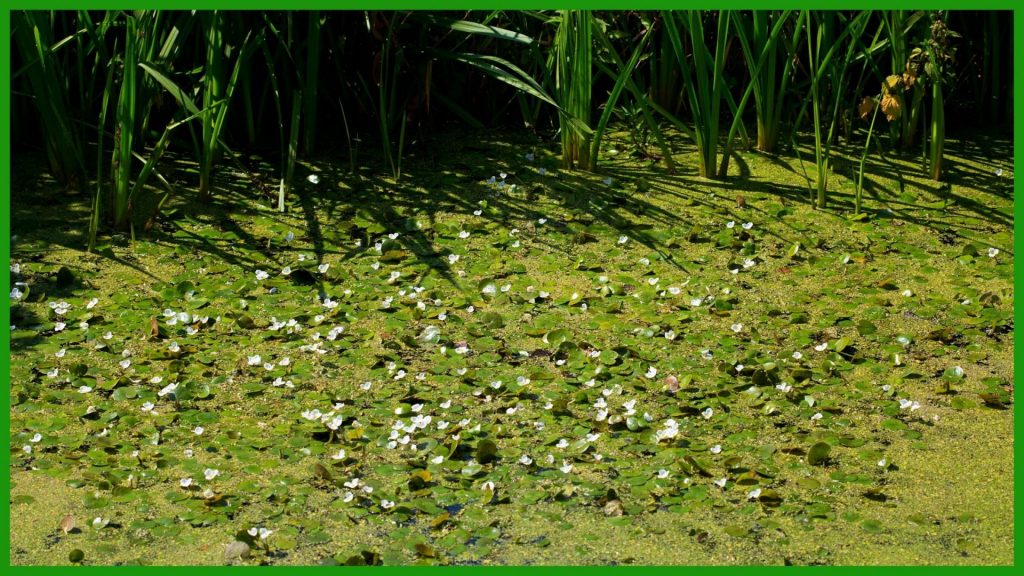
When these floating plants spread out of control they can 100% cover the surface of your aquarium or pond. This can be really dangerous for your other aquatic plants as they won’t have enough light to do photosynthesis. And they will slowly start to die.
Blocking the air exchange between atmosphere and water surface
Your pond and your aquarium must keep a connection with the atmospheric air, so they can exchange oxygen, carbon dioxide, and other gases in-between. When Amazon frogbit covers the water surface this exchange of air can be reduced to almost closer to zero. This can be lethal for the life beneath the floating plant mass, especially if you do not have a dedicated aerator.
More plants means more decomposing material
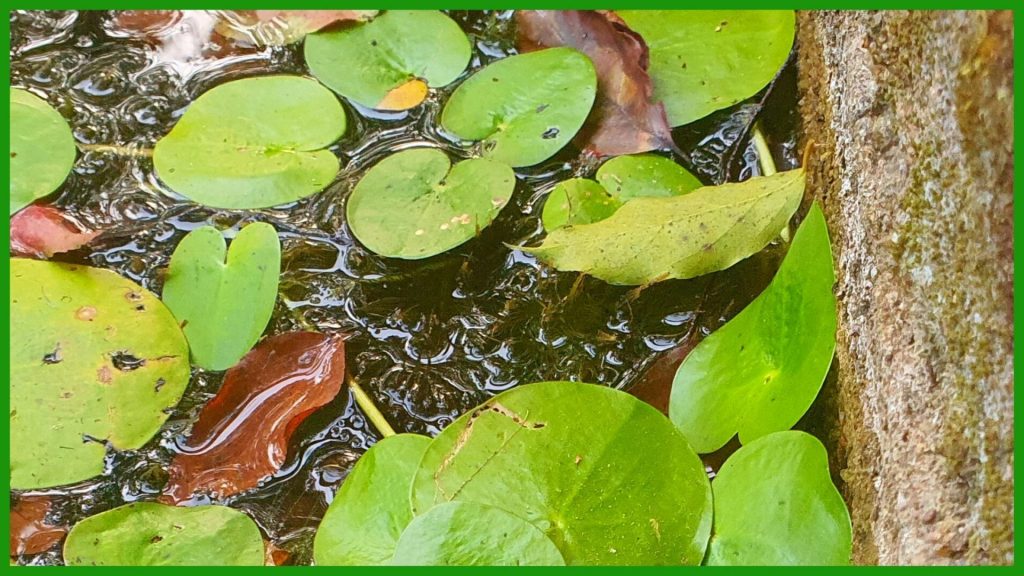
When you have an excessive amount of frogbit in your tank, it also increases the load of dead plant materials. Because as these plants thrive a potion of their colony is constantly dying as well. This can increase the decomposing bio load in your tank and pond leading to a whole set of new issues like increased ammonia, nitrites, nitrates, oxygen depletion, etc.
How To Control Amazon Frogbit Population
If you have made it up to this point, then you must be aware of the importance of controlling the growth of these super aggressive aquatic plants. To enjoy their aquatic benefits we do have to control their spread.
Manual disposal of excessive floating plants
Manually Collecting the excessive Amazon frogbit is the easiest way to control their overgrowth. You can use them as a fertilizer for other non-aquatic plants you may have. Or if you have red-eared turtles, then they love to feed on the frogbits.
Even though these are fast growers, they aren’t fast enough like us. So collecting unnecessary plants per week is going to be more than enough.
When removing plants make sure to collect the old ones and rotting ones.
DIY Amazon Frogbit floating frames
To keep amazon frogbits covered only in a section of your aquarium, you can create a floating frame using a clear aquarium silicon air pump. These types of DIY frames can become handy when you want to cover only a part of your aquarium, such as the places you don’t want bottom aquatic plants to grow or where fish seek refuge. It also makes it easier for you to do other maintenance of the tank without tangling with your floating plants.
You can strengthen the capacity of your filter and reduce adding additional fertilizers to your tank or pond, as they promote the heavy growth and spread of aquatic plants like Amazon frogbit and duckweed.
Please remember to never use any type of chemical to control these plants as they can be highly poisonous for fish and other aquatic plants in your pond.
Conclusion
Amazon Frogbit is a great floating aquarium plant that can be used in low-tech planted tanks. They are inexpensive, easy to grow, easy to propagate, and easy to take care of. And they provide quite a few benefits to your aquarium. But remember that you must be willing to remove excessive frogbits from the surface of your aquarium or pond to stop it from becoming invasive and acting as a water weed. When out of control they can block lighting, air exchange and deplete dissolved oxygen by increasing the decomposing materials inside your aquarium.
Wanna be a part of our Reddit discussion? Join here.

Pingback: How Long Do Angelfish Live? - Improving Their Lifespan - Pet Fish 101
Pingback: How Long Are Platy Fish Pregnant For - Pet Fish 101